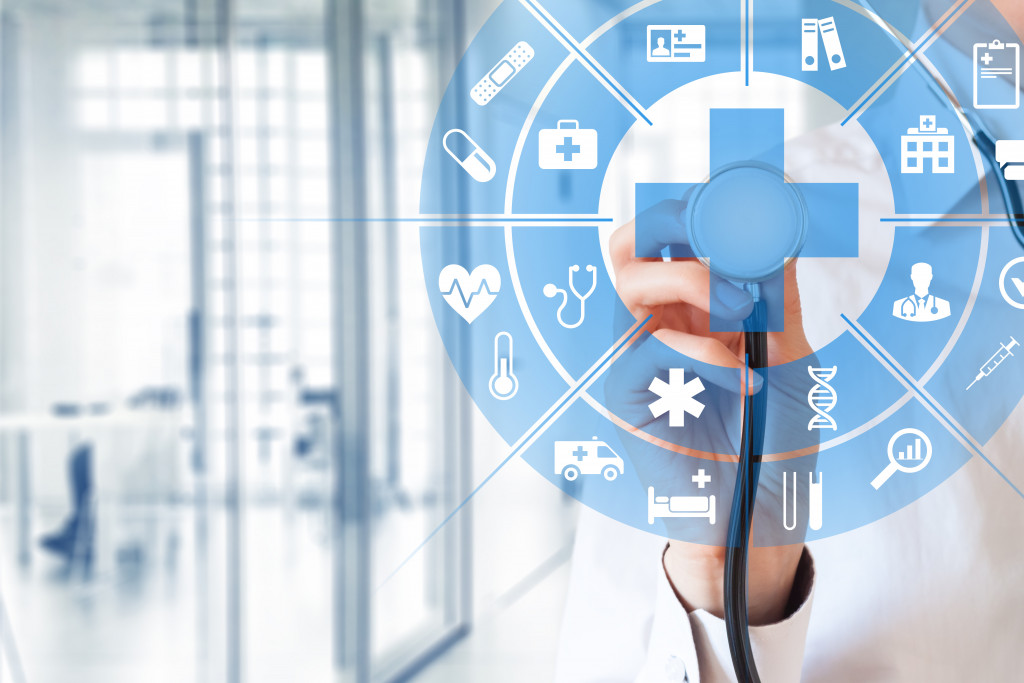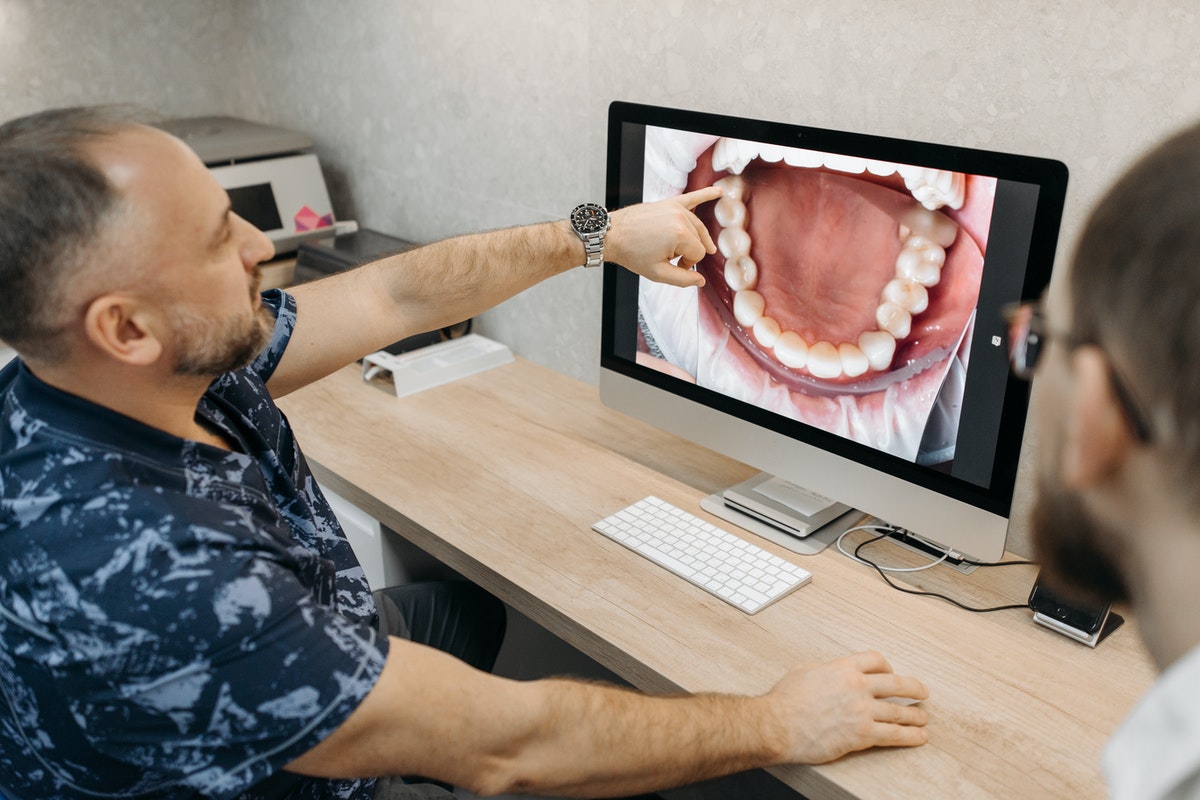Disclaimer: This website provides health information for educational purposes only and is not a substitute for professional medical advice, diagnosis, or treatment. Always seek the guidance of a qualified healthcare provider with any questions you may have.
Technology advanced by leaps and bounds over the past few years. It helped different sectors, including media, climate action, and healthcare. More people are also online compared to two decades ago. Today, more than 90 percent of Americans have access to the internet.
The medical industry was one of the many that benefited from these advancements. Technology revolutionized the industry and the way medical professionals work. Here are some examples of how technology changed the medical industry for the better.
Telemedicine
Telemedicine is a technology that has helped the medical industry in a big way. It enables video or phone appointments between patients and their health care practitioners. This has many benefits, such as convenience and easier access to care.
The technology allows patients to see their doctors without physically being in the same room. This is especially helpful for those who live in rural areas or have difficulty leaving their homes. It is also beneficial for people who have busy schedules and cannot take time off work to see their doctor.
Telemedicine is just as effective as in-person appointments. It can be used for various medical purposes, such as diagnosing and treating illnesses, prescribing medications, and providing mental health counseling.
This technology has helped improve patients’ quality of care by making it more convenient and accessible. It has also helped reduce travel costs and missed work days.
Parents also welcomed the technology since it allowed them to consult medical professionals without bringing their children to the hospital. Some reputable pediatric care services use telemedicine to connect patients who cannot visit the clinic. The technology allows patients to consult medical professionals about medical conditions they are experiencing from the comfort of their homes.
Electronic Health Records
The emergence of electronic health records (EHRs) has been a game-changer for the medical industry. An EHR is a digital record of a patient’s health information. EHRs are maintained by providers and can include a patient’s demographics, progress notes, medical issues, medications, past medical history, vital signs, laboratory data, radiology reports, and immunizations.
The technology automates access to patient information. It can also streamline workflow and improve patient care. EHRs can reduce medical errors and make health information available to medical professionals. It also increases the clarity and accuracy of medical records.
Due to this, EHRs help doctors and other healthcare professionals provide better and more coordinated care. In turn, this can lead to improved patient outcomes.
The benefits of electronic health records are many. However, some challenges need to be addressed. One challenge is the cost of implementing and using EHRs. Another challenge is ensuring that the data in EHRs is accurate and up to date. Despite these challenges, electronic health records offer a promising solution for reducing medical errors and improving patient care.

Wearable Devices
Wearable devices have become increasingly popular as they offer a convenient way to monitor various health metrics. These devices’ most common data include heart rate, blood pressure, and body temperature. Many devices can also measure blood oxygen saturation, posture, and physical activity levels.
One of the main reasons wearable devices have become so popular is that they offer a more convenient way to track health data. In the past, health data was often collected through invasive methods, such as blood tests and biopsies. However, this data can be collected with wearable devices without invasiveness. This is especially beneficial for those who are reluctant to undergo invasive procedures.
Another reason why wearable devices are so popular is that they offer a more accurate way to track health data. This is because these devices can constantly monitor various health metrics rather than relying on sporadic measurements. This is especially beneficial for those who want a more detailed picture of their health.
Wearable devices have also been effective in treating various medical conditions. For example, wearable devices that track heart rate and blood pressure effectively treat hypertension. Similarly, devices that track physical activity levels are effective in the treatment of obesity.
3D Printing
Three-dimensional (3D) printing has revolutionized the healthcare industry since its inception in the 1980s. Also known as additive manufacturing, 3D printing involves the creation of three-dimensional objects from a digital file. The healthcare industry has been using 3D printing for various purposes, such as creating medical models, custom implants, and prototype devices.
3D printing in healthcare has a wide range of applications. It can be used to create models of organs and body parts for pre-surgical planning. Doctors can use these models to better understand the patient’s anatomy and plan the surgery accordingly. 3D printing can also create custom implants tailored to fit each patient’s unique anatomy. In addition, 3D printing is used to create prototype devices for new medical technologies.
The above examples are how technology has changed the medical industry. With continued advancements in technology, the possibilities are endless.




